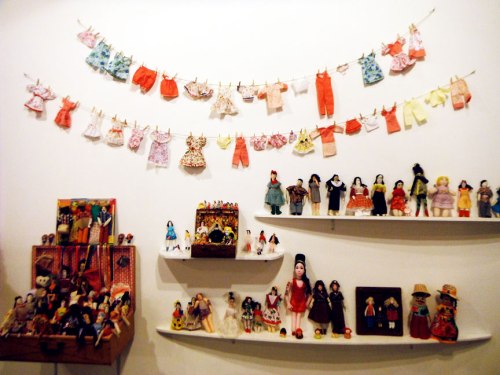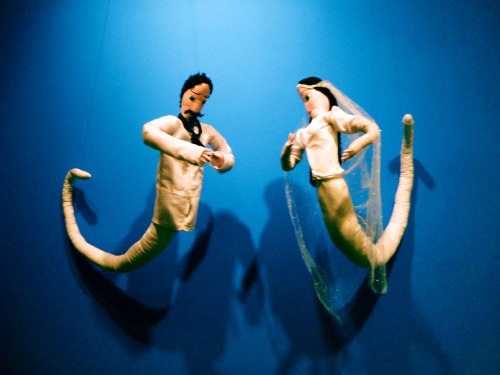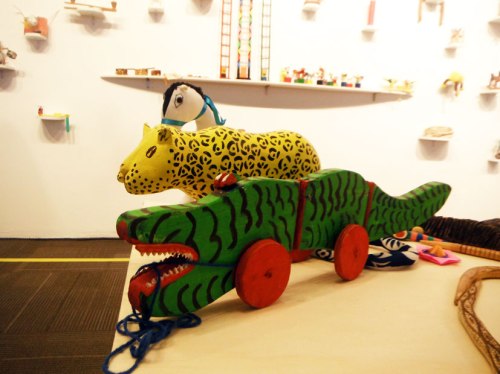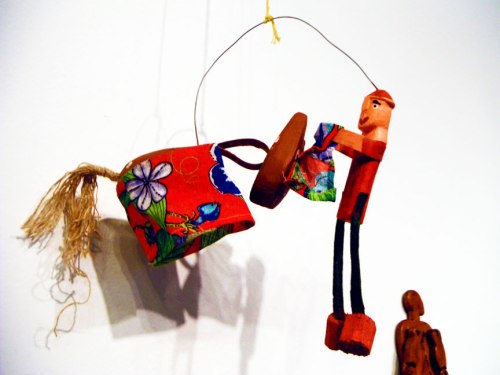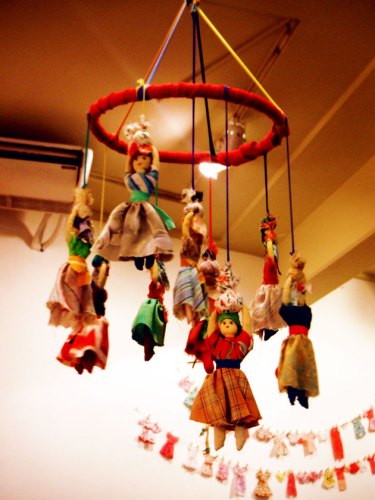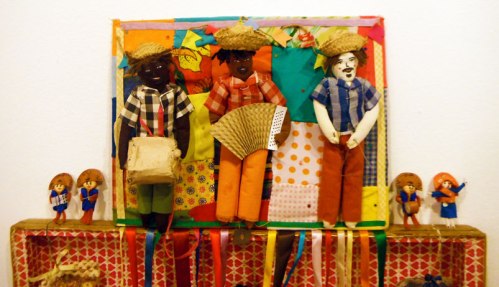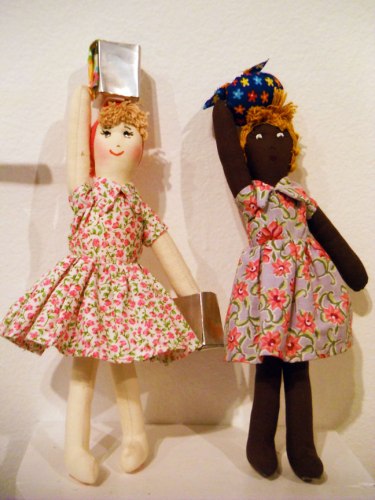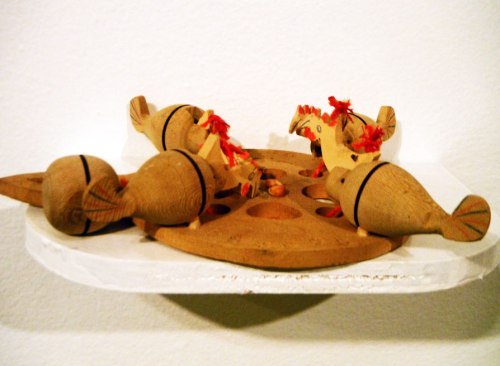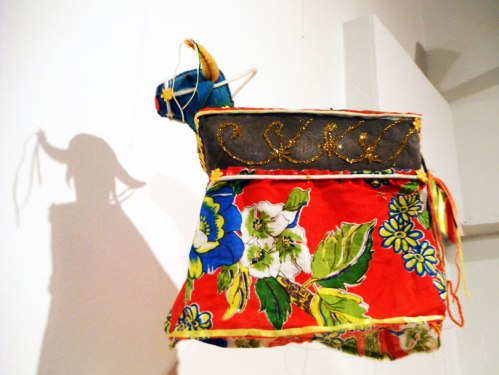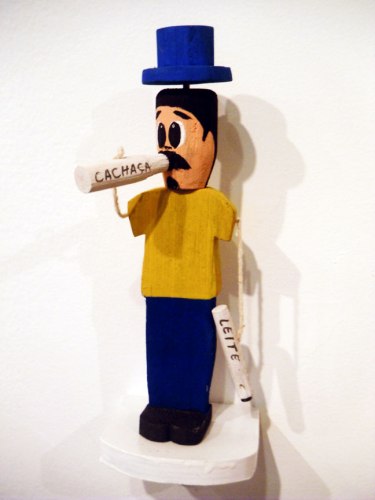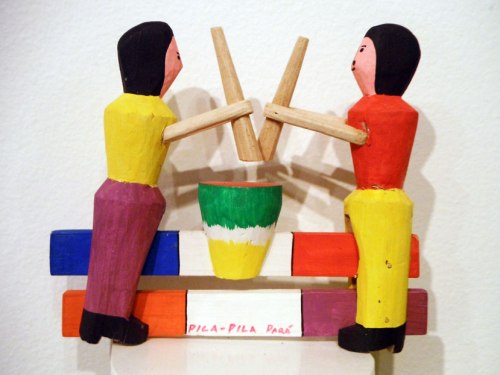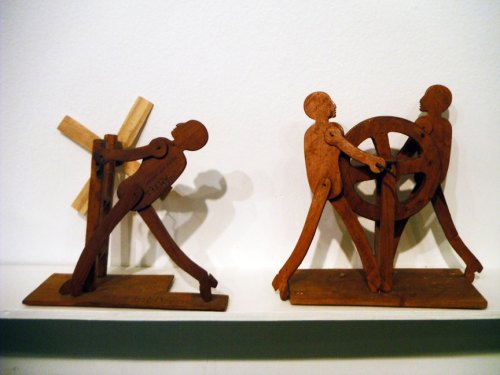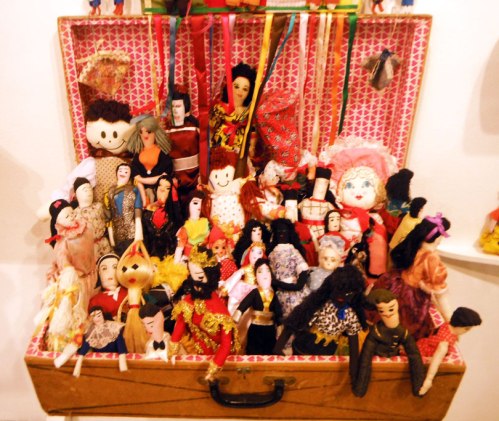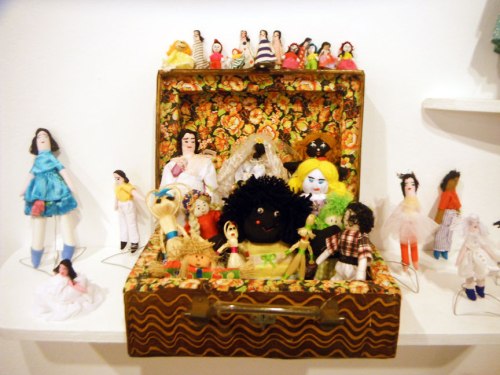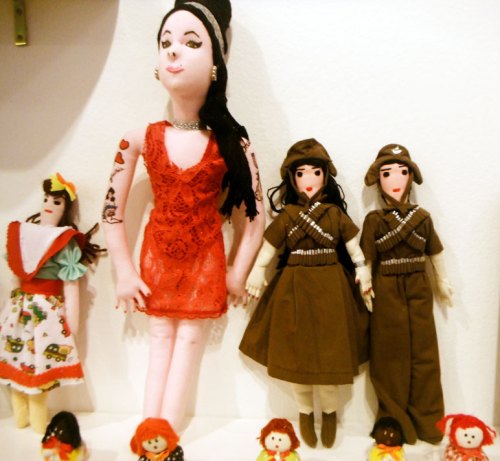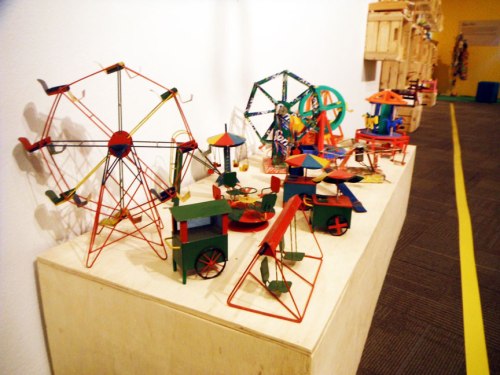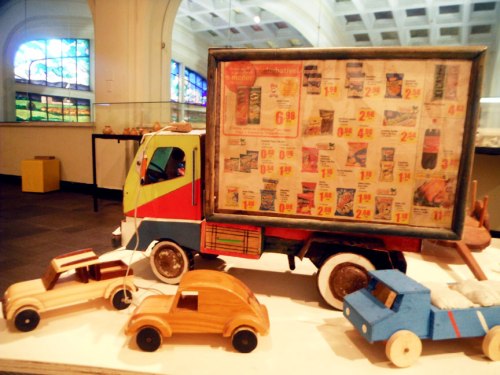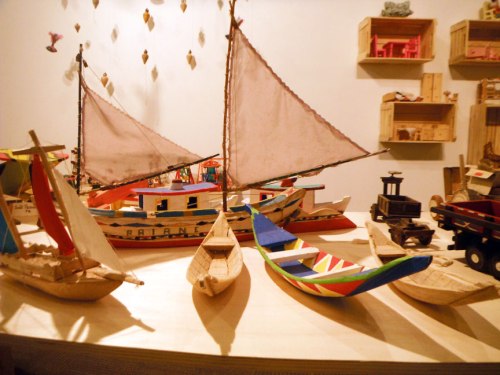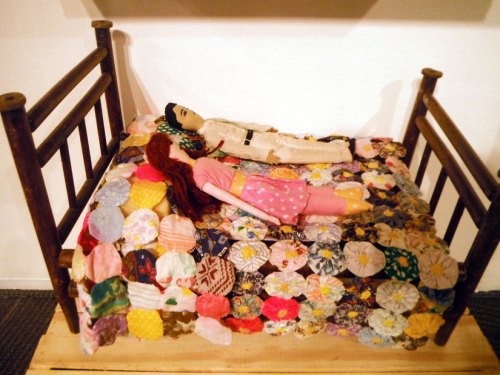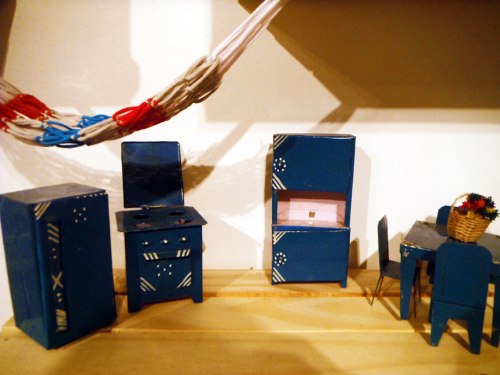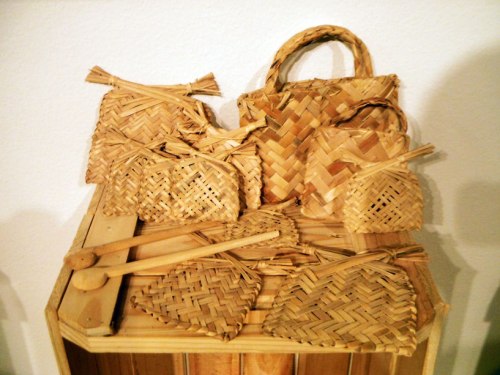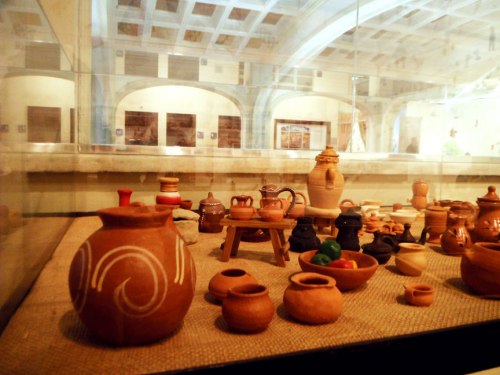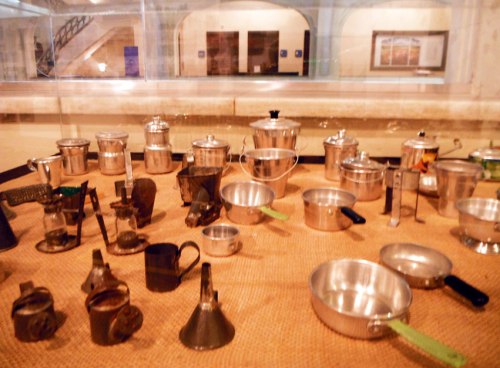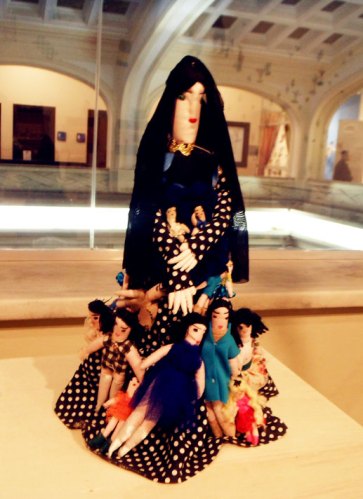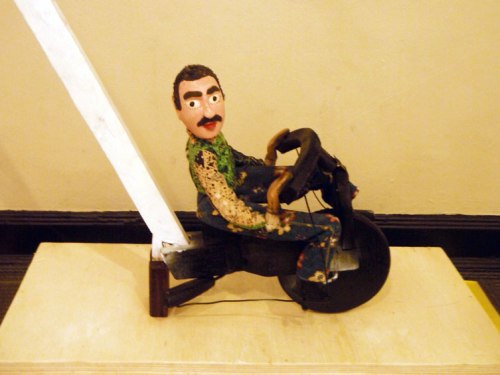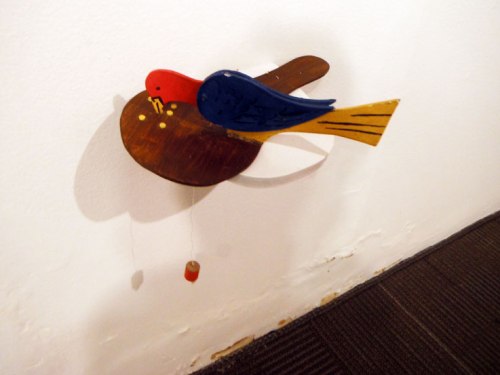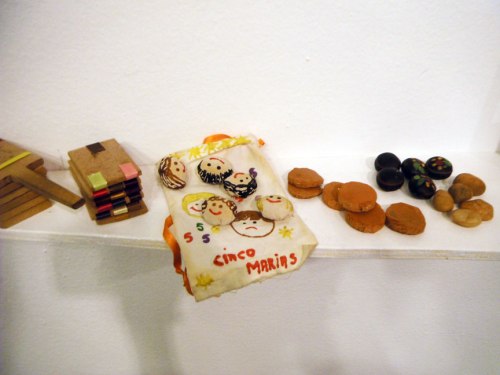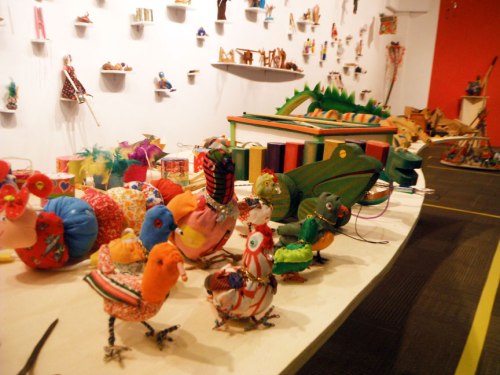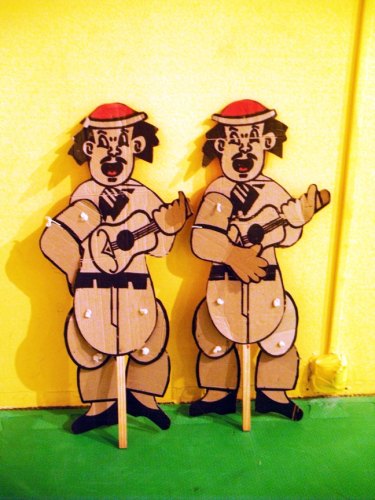One type of Brazilian art I was immediately enamored with is xilogravura, or woodcut. It’s a printmaking technique where a design is carved onto a block of wood, and the negative space is removed with a gouge. It’s most popular in Northeastern Brazil, where artists tend to depict a mix of daily life and folklore, with a whimsical spirit.
Caixa Cultural at Praça da Sé currently has an exhibit dedicated to Pernambucan artist Gilvan Samico. Samico’s work stands apart from other artists because of the incredible detail in his works, often employing biblical characters and mythological creatures.
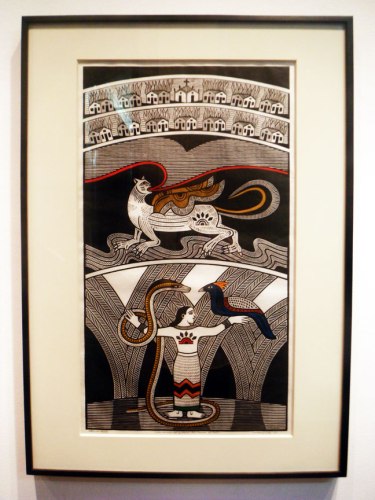
Rumores de Guerra em Tempos de Paz (Rumors of War in Times of Peace) – 2001
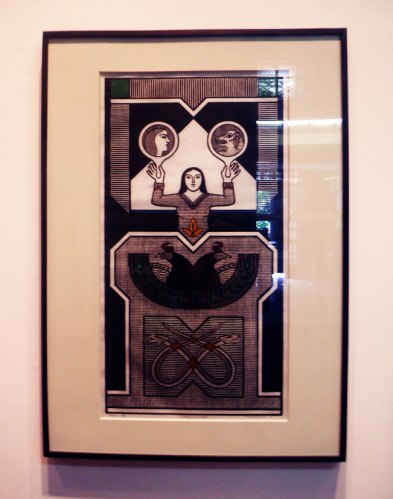
A Bela e a Fera (Beauty and the Beast) – 1996
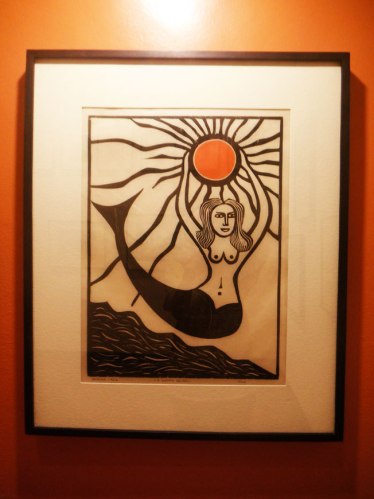
O Rapto do Sol (The Kidnapping of the Sun) – 1960
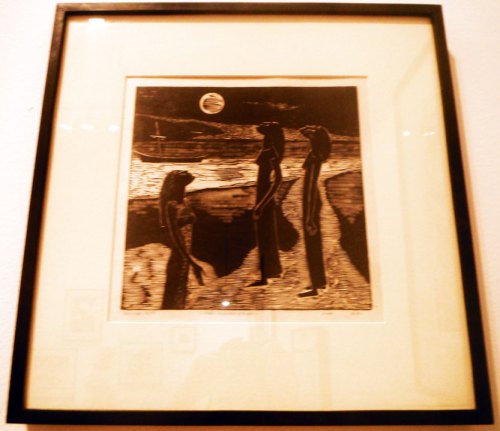
This photo didn’t turn out great, I know, but I wanted to include it anyway because it’s a beautiful scene. Três Mulheres e a Lua (Three Women and the Moon) – 1959
Caixa has another exhibit entitled Alma Brasileira: 100 Anos de Gravura, celebrating the tradition of woodcut and engravings by various Brazilian artists.
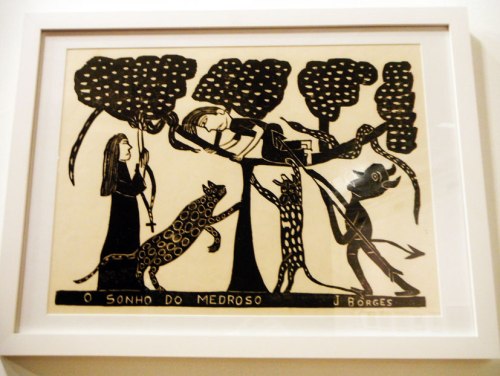
Pernambucano J. Borges is one of the most famous xilogravura artists. O Sonho do Medroso (The Coward’s Dream)
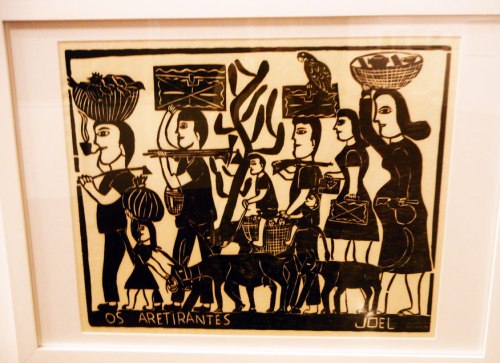
This scene depicts the migration of nordestinos to southeast Brazil, a common theme in xilogravura and Northeast Brazilian art. Os Aretirantes (The Migrants)
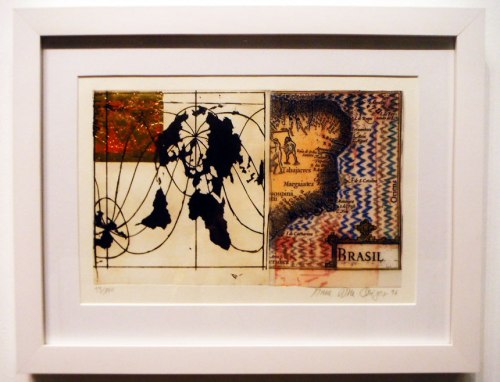
Brasil 1500 – 1996, by Anna Bella Geiger – 1996

